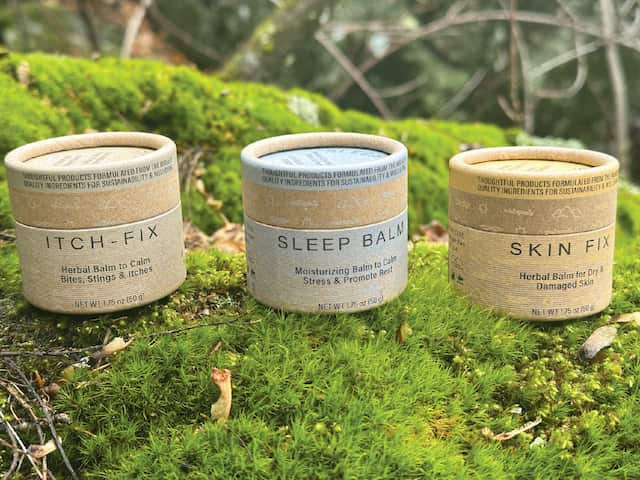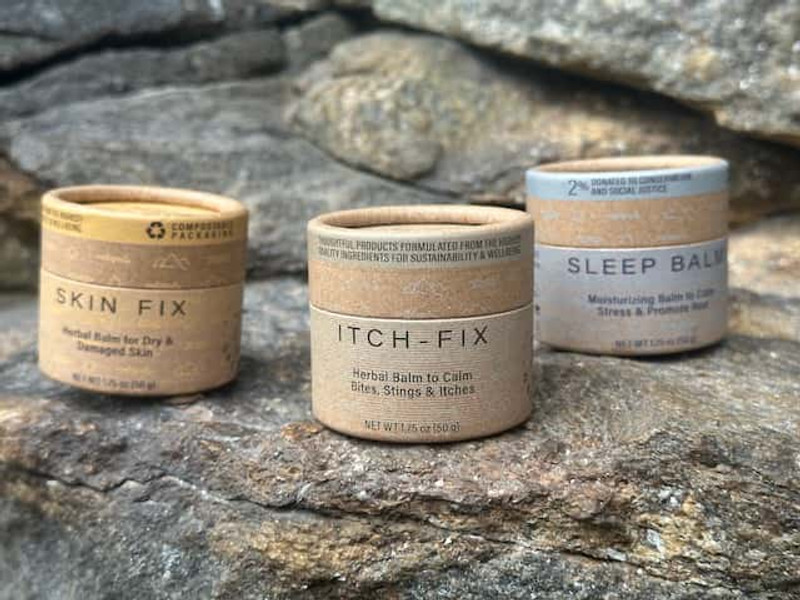
Packaging Matters - Choose Compostable!
Published by Anne Altor on Nov 9th 2024
Plastic Packaging Burdens the Earth
Over 350 Million metric tons of plastic waste is produced every year, and more than 25% of this waste is plastic packaging. Globally, only about 9% of plastic is recycled; the rest is landfilled, burned or "mismanaged," ending up in rivers, oceans, fields and roadsides.
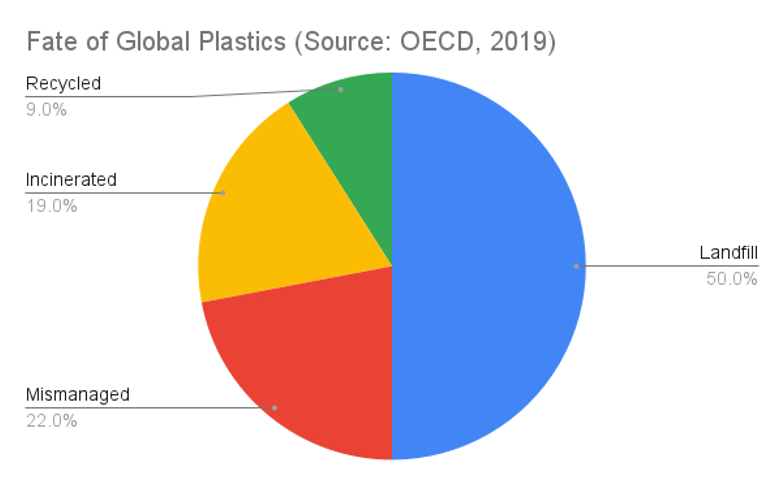
All of this plastic is clogging the oceans and ending up in animals, including us humans. Microplastics are in our food and water, and even in the air. While plastic is everywhere and we all know it's tough to avoid using it, it makes sense to cut back where we can.
Better Packaging Options
At One Earth, we look for better ways to package everyday products, and we see body care and earth care as the same concept. By caring for the earth, we care for ourselves. The earth provides all that we need, and the wastes we generate can give back in useful forms rather than polluting the air, water and soil. One way we do this is by packaging our products in compostable cardboard containers. Paper packages made from recycled materials and composted after use have a beneficial end of life compared to plastic. They're also an improvement over metal containers that involve mining and energy-intensive processing.
Benefits of Composting
Why compost? First, a word about recycling: please DO recycle our shampoo bar and conditioner bar boxes. Recycling is a great way to continue the cycle of use for these packages. Our balms and deodorant containers should be composted rather than recycled because they contain product residues and a vegetable wax liner. Composting has many benefits, including:
- Composting returns raw materials to the earth to be recycled through soil back into the food web.
- Composting enriches soil with organic matter and nutrients
- Composting keeps waste out of landfills and reduces greenhouse gas emissions
If you're new to composting, read on for a basic how-to guide...
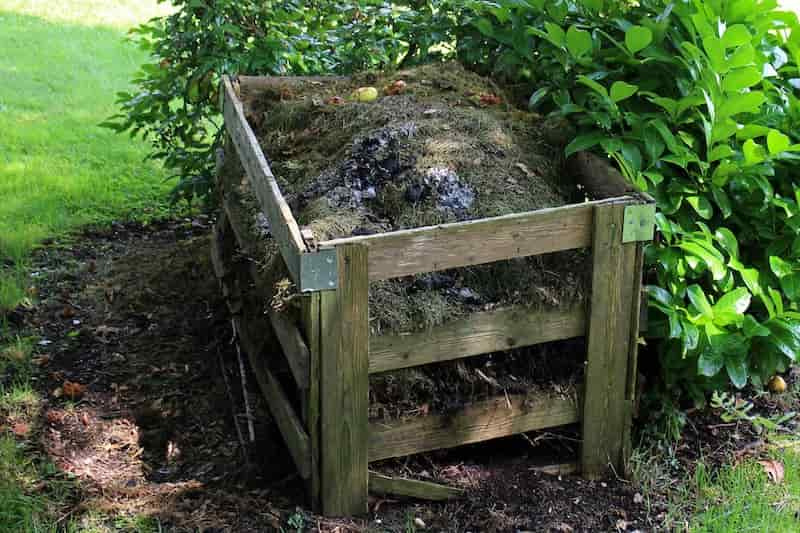
Basics of Home Composting
Whether you're composting in a bucket, bin, or an outside setup, here are the basic steps to help you get started.
- Choose a container. This can be a pre-made or DIY composting bin, a 5-gallon bucket or a larger trash can.
- If using a bucket or can, drill holes into the bottom for drainage.
- Add a layer of small sticks & twigs to the bottom to help keep drainage open. If keeping the bucket indoors, place it in a container to catch liquid, you may need to empty it occasionally.
- Add vegetable scraps and other organic materials. Try for an approximate ratio of 2/3 "brown" materials and 1/3 "green" materials (see below). This provides a balanced mix of nutrients and helps prevent the compost from getting super smelly.
- Optional: add a few handfuls of garden soil every couple weeks to inoculate the pile with soil microorganisms.
- Shake or stir the bucket & contents every so often to keep it well mixed and aerated.
- If the pile becomes dry, add a little water. The ideal moisture level is about like a wrung-out sponge. If the pile is too wet, make sure drainage holes are open and add more brown materials to absorb water.
- When the bucket is about 4/5 full, stop adding to it. Place the lid on loosely and allow it to sit and "cook" for at least 5 weeks.
- Start the process with a second bucket when the first one is full.
- Once the contents have broken down and are no longer recognizable as individual items, the compost is ready to use on your garden, trees, lawn or other plants. You can also add finished compost to potting mix.
Brown compost materials (carbon-rich items):
Leaves, wood chips, untreated paper scraps (napkins etc)
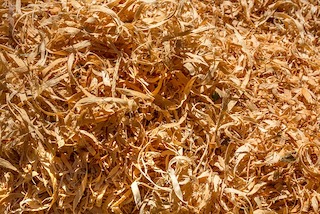
Green compost materials (nitrogen-rich):
Vegetable scraps, grass clippings, tea bags, coffee grounds
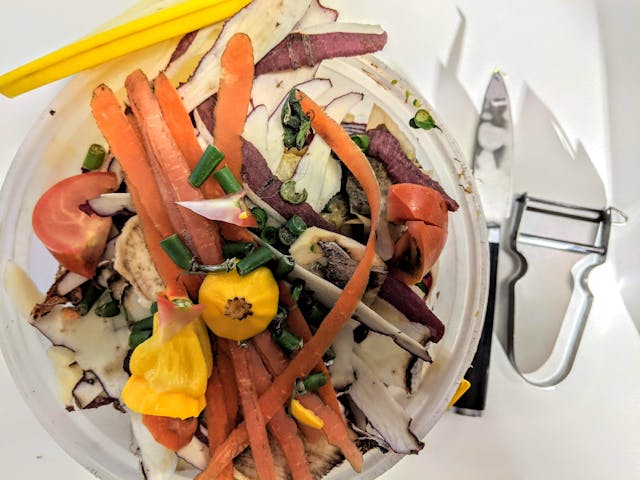
Items to avoid putting in the compost bin:
Dairy, meat and fish scraps, excess oil or salt. Animal byproducts can create unpleasant smells as they break down and can draw unwanted visitors (flies & rodents). Excess oil and salt can be toxic to the composting microorganisms.
More Resources on Composting:
NRDC guide to "Composting 101"

